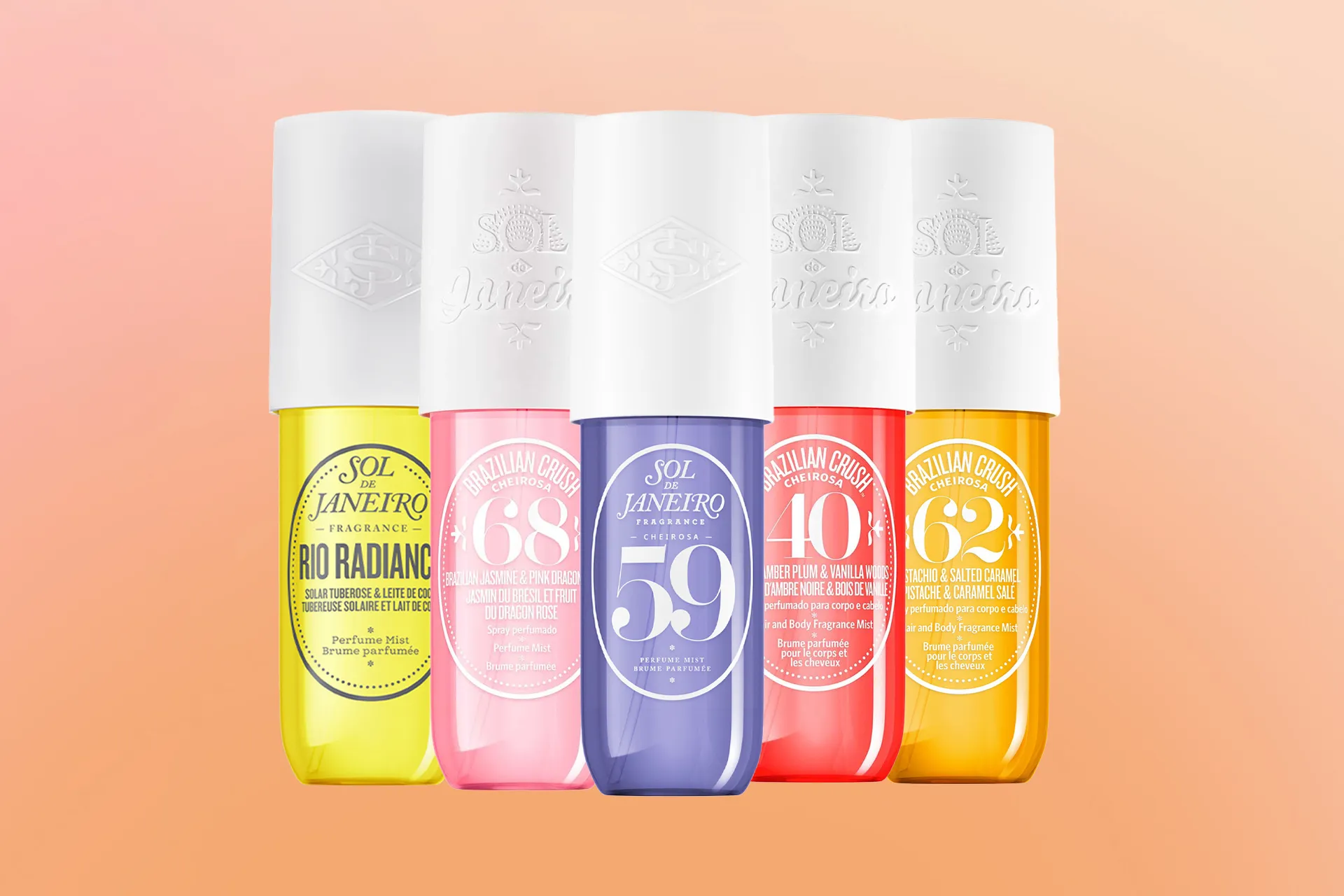Eyebrow dandruff is a common but annoying condition that can affect anyone. It causes flakes of skin to shed from the eyebrows, making them look dry, scaly, and unattractive. Eyebrow dandruff can also cause itching, irritation, and inflammation in the area.
But what causes eyebrow dandruff and how can you treat it? In this blog post, we will answer some frequently asked questions about eyebrow dandruff and provide some useful tips on how to prevent and manage it.
What Causes Eyebrow Dandruff?
There are several possible causes of eyebrow dandruff, but the most common one is seborrheic dermatitis. This is a chronic skin condition that affects the scalp and other oily areas of the body, such as the eyebrows, nose, and ears. Seborrheic dermatitis is caused by an overgrowth of a yeast called Malassezia, which feeds on the oil (sebum) produced by the skin. This triggers an immune response that causes inflammation and flaking of the skin.
Other causes of eyebrow dandruff include:
- Contact dermatitis: This is a skin reaction to an allergen or irritant, such as a cosmetic product, shampoo, or detergent. Contact dermatitis can cause a red, itchy, and flaky rash on the eyebrows.
- Eczema: This is a chronic skin condition that causes dry, red, and itchy patches of skin, often on the face, neck, and hands. Eczema can also affect the eyebrows and cause flaking of the skin.
- Psoriasis: This is an autoimmune condition that causes the skin cells to grow too quickly, resulting in thick, scaly, and silvery plaques of skin. Psoriasis can occur on any part of the body, including the eyebrows.
- Dry skin: This is a common condition that occurs when the skin lacks moisture, especially in cold or dry weather. Dry skin can cause the skin to crack and peel, resulting in dandruff-like flakes.
How to Treat Eyebrow Dandruff?
The treatment of eyebrow dandruff depends on the underlying cause and the severity of the symptoms. Some general tips for treating eyebrow dandruff are:
- Wash your eyebrows regularly with a gentle cleanser or a medicated shampoo that contains ingredients such as zinc pyrithione, selenium sulfide, ketoconazole, or salicylic acid. These ingredients can help reduce the yeast and inflammation that cause seborrheic dermatitis .
- Apply a moisturizer or a cream that contains ingredients such as hydrocortisone, coal tar, or ciclopirox. These ingredients can help soothe the skin and reduce the scaling and itching that accompany eyebrow dandruff.
- Avoid scratching or picking at your eyebrows, as this can worsen the condition and cause infections or scarring.
- Avoid using harsh or irritating products on your eyebrows, such as alcohol, fragrances, or dyes. These products can trigger or aggravate contact dermatitis.
- Consult a dermatologist if your eyebrow dandruff is severe, persistent, or does not respond to over-the-counter treatments. You may need a prescription medication or a more specific diagnosis.
How to Prevent Eyebrow Dandruff?
Eyebrow dandruff can be prevented or reduced by following some simple steps, such as:
- Keep your eyebrows clean and moisturized, but do not over-wash or over-moisturize them, as this can disrupt the natural balance of the skin and cause more oil production or dryness.
- Use gentle and hypoallergenic products on your eyebrows, and avoid products that contain ingredients that you are allergic or sensitive to.
- Protect your eyebrows from extreme temperatures, sun exposure, and wind, as these can dry out or irritate the skin.
- Manage your stress levels, as stress can trigger or worsen seborrheic dermatitis, eczema, and psoriasis
- Eat a balanced and healthy diet, and drink plenty of water, as this can help nourish and hydrate your skin.
- Treat any underlying medical conditions that may cause or contribute to eyebrow dandruff, such as diabetes, HIV, or Parkinson’s disease.
Conclusion
Eyebrow dandruff is a common condition that can have various causes, such as seborrheic dermatitis, contact dermatitis, eczema, psoriasis, or dry skin. Eyebrow dandruff can cause flakes of skin to shed from the eyebrows, as well as itching, irritation, and inflammation. Eyebrow dandruff can be treated with over-the-counter or prescription medications, depending on the cause and severity of the condition. Eyebrow dandruff can also be prevented or reduced by keeping the eyebrows clean and moisturized, avoiding harsh or irritating products, protecting the eyebrows from environmental factors, managing stress, and eating a healthy diet.
I hope you found this blog post helpful and informative. If you have any questions or comments, please feel free to leave them below. Thank you for reading!

 By
Your Beauty Plug
By
Your Beauty Plug




